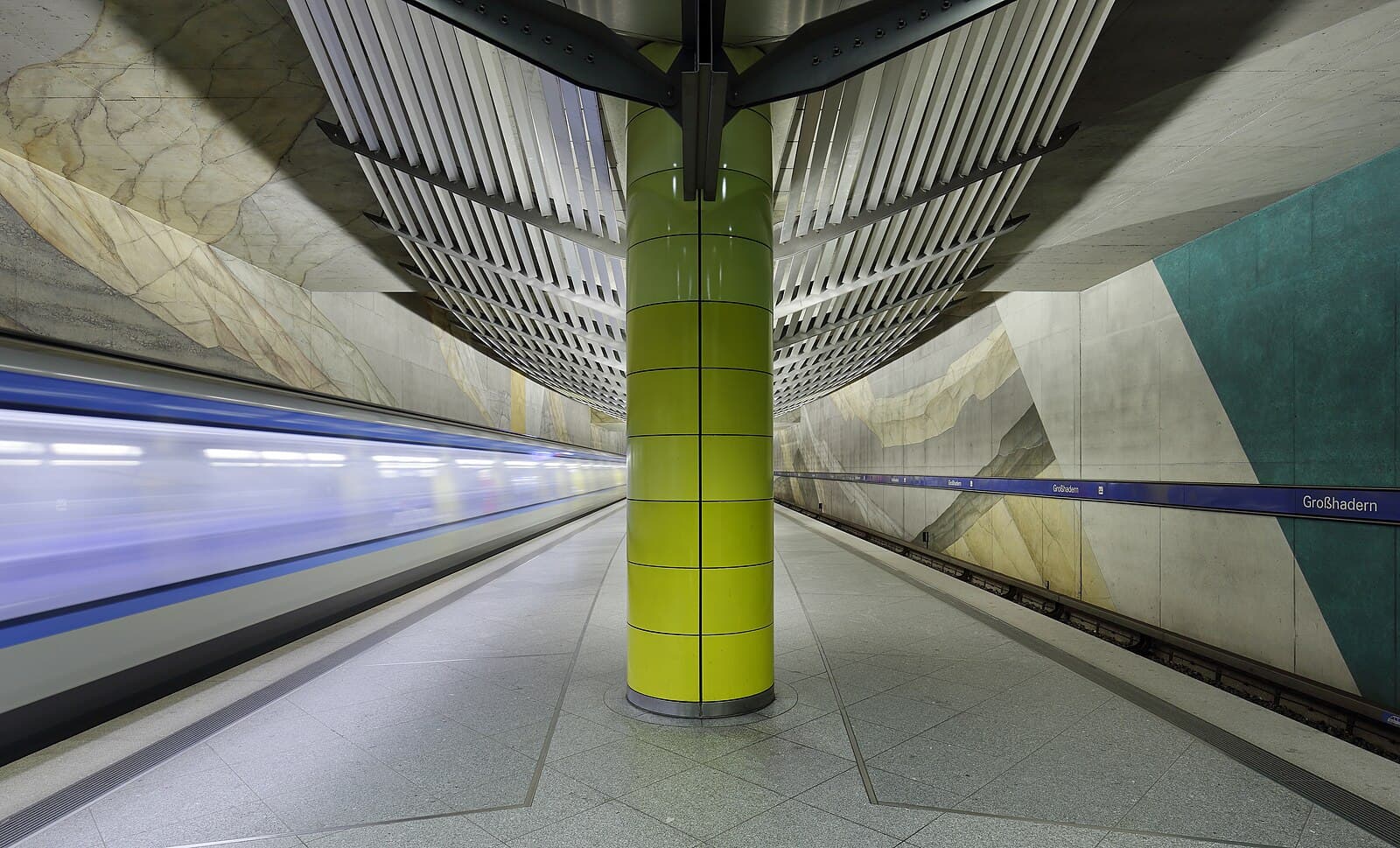
After over four months of intensive work, the U6 subway line in Munich has returned to operation, signaling a significant milestone for urban transit. The comprehensive renovation project of the southern segment, from Harras to Großhadern, marked the conclusion of an array of critical updates. These upgrades ensure not only the sustainable performance of the infrastructure but also improved safety and efficiency.
At the heart of the project's initiation was the replacement of seven key switches in the tunnel area, which had been in service far beyond their expected 30-year life span. Such replacements, especially within a confined subway tunnel, demand meticulous planning and execution. The decision to pool additional maintenance work into this singular downtime helped consolidate resources and achieve broad infrastructure modernization. In total, a staggering 277 tasks were executed, spanning eight stations and 14 kilometers of tunnel. This bundling effort is reported to have saved a significant multi-million euro figure in costs.
On a technical level, the updates were sweeping. The renewal efforts saw the replacement of 14 kilometers of power rails with advanced aluminum variants, selected for their superior conductivity and energy efficiency. This modernization ensures compatibility with upcoming subway train models. Furthermore, 2,100 meters of running rails and 750 tons of track ballast were renewed. Critical in-tunnel repairs to masonry and concrete addressed 2,005 cavity points and over 5,900 meters of cracks. Beyond structural work, 5,380 meters of fire suppression dry pipes, 25 kilometers of signal cabling, and over 13,000 meters of alarm wiring were installed or modernized to meet stringent current standards.
Passenger safety and station infrastructure received equal attention. Extensive fire protection systems were revamped, with innovations like laser smoke detectors, fire-resistant enclosures, and modernized access doors. Key stations benefited from updated accessibility features, including tactile guidance systems for the visually impaired and new escalators at select stops. Practical amenities, such as the completely revamped restroom facilities at Haderner Stern, add convenience to the daily commutes of countless passengers.
While much of the work remains behind the scenes, some visible enhancements are notable. For instance, the Harras station now adopts a simpler, cost-effective aesthetic with its newly whitewashed walls, designed to minimize future renovation complexities. This shift demonstrates a focus on functional, long-term sustainability over ornate design.
Officials emphasize that the tightly coordinated full closure of the line allowed construction teams to operate in uninterrupted shifts, unlike the slower progress possible during brief nocturnal closures. This efficiency resulted in substantial time savings, preventing what would have otherwise been a protracted effort. The feedback from commuters, while initially requiring some adjustments to alternate travel plans, has been noted as broadly positive, reflecting a shared understanding of the necessity behind such operations.
With normal service resuming, this successful renovation sets a strong precedent for the future infrastructure updates needed across Munich's aging subway network. As transit systems globally face the challenges of modernization amidst daily demand, this project exemplifies strategic execution and foresight in urban transportation management.


After over four months of intensive work, the U6 subway line in Munich has returned to operation, signaling a significant milestone for urban transit. The comprehensive renovation project of the southern segment, from Harras to Großhadern, marked the conclusion of an array of critical updates. These upgrades ensure not only the sustainable performance of the infrastructure but also improved safety and efficiency.
At the heart of the project's initiation was the replacement of seven key switches in the tunnel area, which had been in service far beyond their expected 30-year life span. Such replacements, especially within a confined subway tunnel, demand meticulous planning and execution. The decision to pool additional maintenance work into this singular downtime helped consolidate resources and achieve broad infrastructure modernization. In total, a staggering 277 tasks were executed, spanning eight stations and 14 kilometers of tunnel. This bundling effort is reported to have saved a significant multi-million euro figure in costs.
On a technical level, the updates were sweeping. The renewal efforts saw the replacement of 14 kilometers of power rails with advanced aluminum variants, selected for their superior conductivity and energy efficiency. This modernization ensures compatibility with upcoming subway train models. Furthermore, 2,100 meters of running rails and 750 tons of track ballast were renewed. Critical in-tunnel repairs to masonry and concrete addressed 2,005 cavity points and over 5,900 meters of cracks. Beyond structural work, 5,380 meters of fire suppression dry pipes, 25 kilometers of signal cabling, and over 13,000 meters of alarm wiring were installed or modernized to meet stringent current standards.
Passenger safety and station infrastructure received equal attention. Extensive fire protection systems were revamped, with innovations like laser smoke detectors, fire-resistant enclosures, and modernized access doors. Key stations benefited from updated accessibility features, including tactile guidance systems for the visually impaired and new escalators at select stops. Practical amenities, such as the completely revamped restroom facilities at Haderner Stern, add convenience to the daily commutes of countless passengers.
While much of the work remains behind the scenes, some visible enhancements are notable. For instance, the Harras station now adopts a simpler, cost-effective aesthetic with its newly whitewashed walls, designed to minimize future renovation complexities. This shift demonstrates a focus on functional, long-term sustainability over ornate design.
Officials emphasize that the tightly coordinated full closure of the line allowed construction teams to operate in uninterrupted shifts, unlike the slower progress possible during brief nocturnal closures. This efficiency resulted in substantial time savings, preventing what would have otherwise been a protracted effort. The feedback from commuters, while initially requiring some adjustments to alternate travel plans, has been noted as broadly positive, reflecting a shared understanding of the necessity behind such operations.
With normal service resuming, this successful renovation sets a strong precedent for the future infrastructure updates needed across Munich's aging subway network. As transit systems globally face the challenges of modernization amidst daily demand, this project exemplifies strategic execution and foresight in urban transportation management.